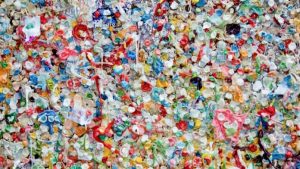The first time I heard about the Great Pacific Garbage Patch, I thought it was a bad joke.
CATEGORIAS
- Agua
- AI-Robotica
- Apps
- Artículo OTecH
- Automotriz
- Big data
- Biotecnología
- Blockchain
- BLOG
- Cibersegurídad
- Ciencia
- Colaboradores
- computación cuántica
- CONACYT
- Convocatorias
- Coronavirus-Hidalgo 2020
- Criptomoneda
- Desarrollo Sostenible
- Ecología
- eCommerce
- Economia
- Empresa
- Energías Alternas
- Gadgets
- impresión 3-D
- Industria 4.0
- Ingieneria
- Inteligencia Artificial
- Internet de las cosas
- Jardines Etnobiológicos
- Machine Learning
- Materiales
- Metalmecánica
- Metaverso
- Moviles
- Nanotecnología
- Otros
- Políticas Públicas CTI
- Premios Nobel
- Propiedad Intelectual
- Redes Neuronales
- Redes Sociales
- Robótica
- Salud
- Sistemas Operativos
- Sociedad
- Tecnología
- Tecnología 5G
- Tecnología Verde
- Textil
- Turismo
- Vehículos Autónomos
- Videojuegos

